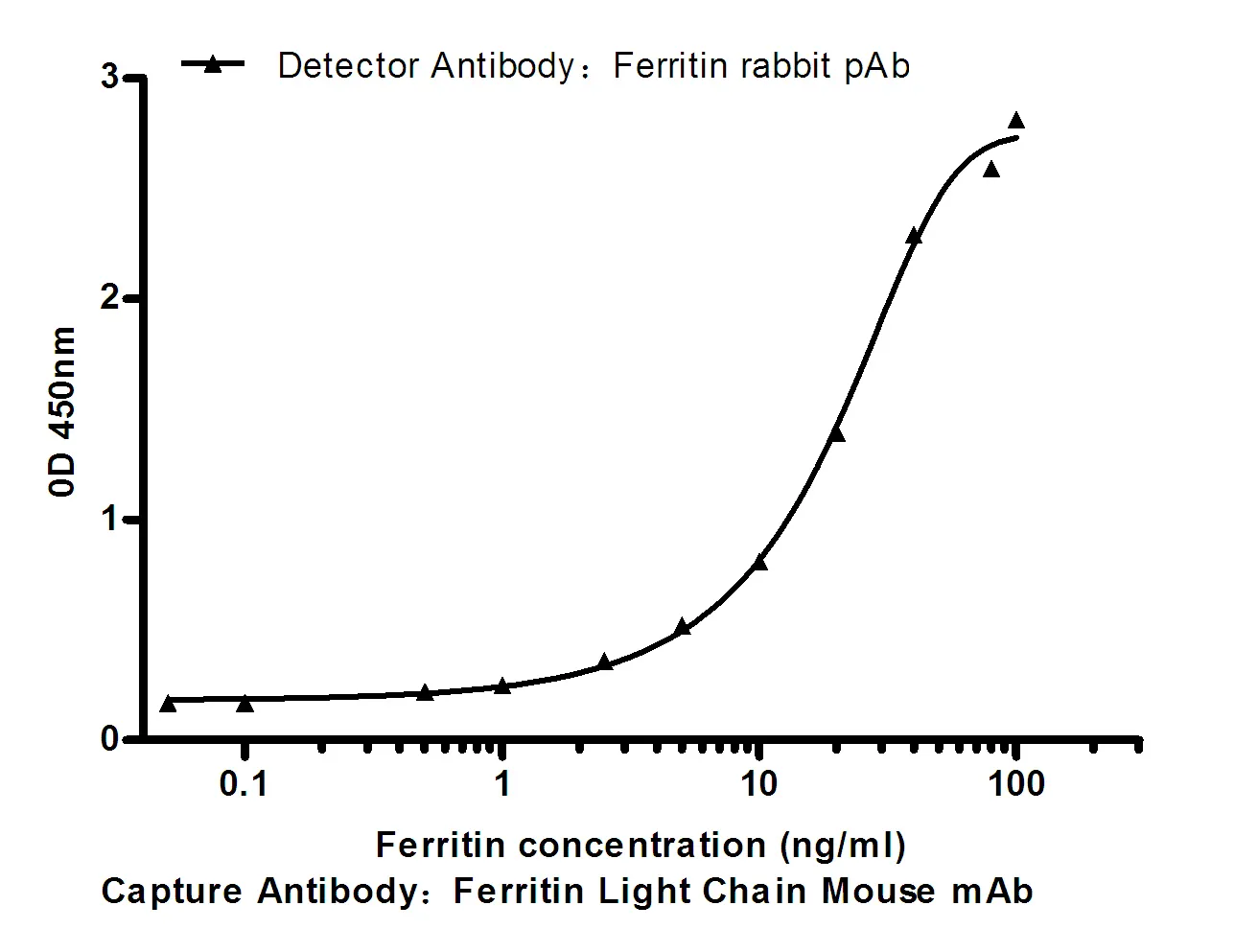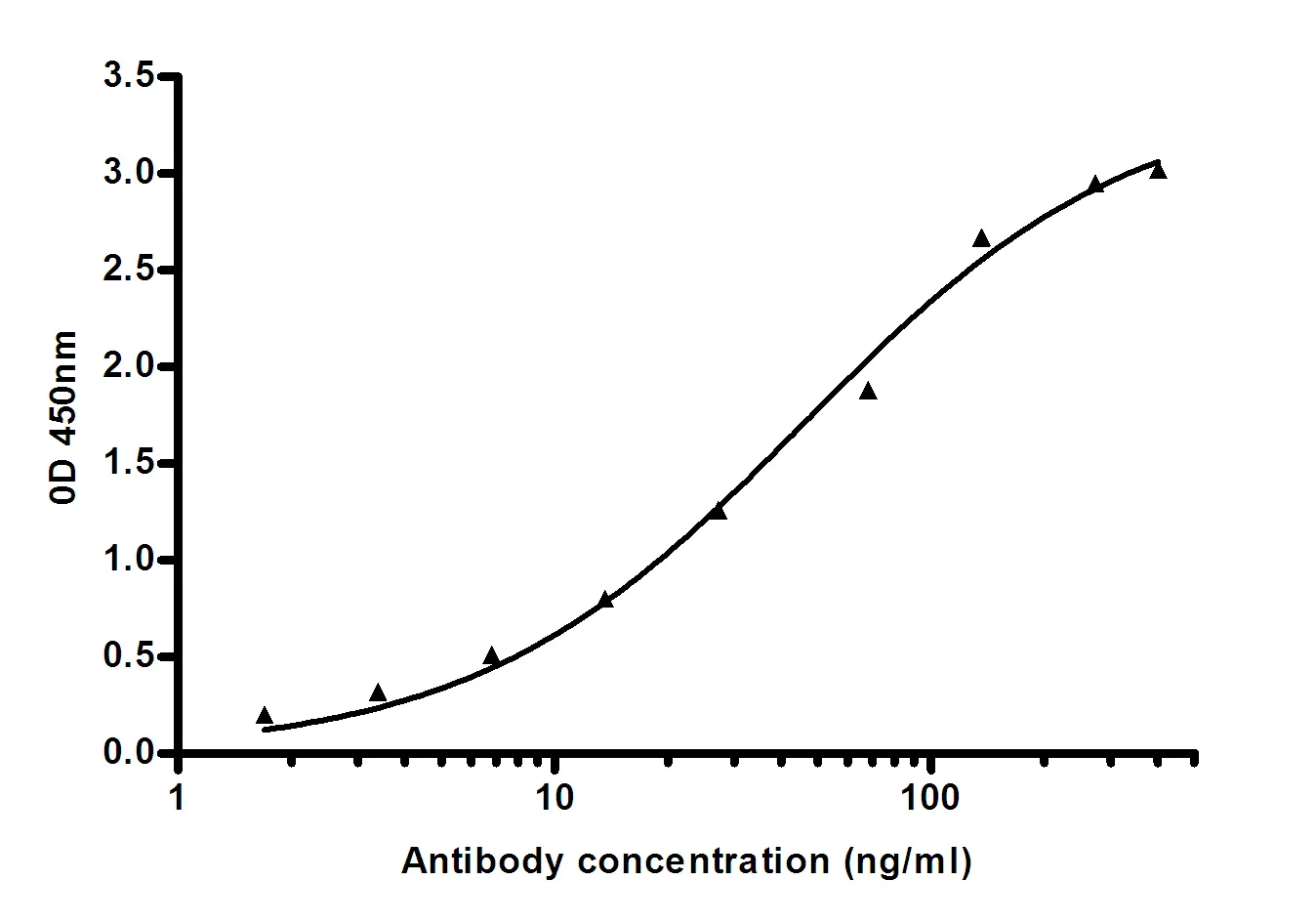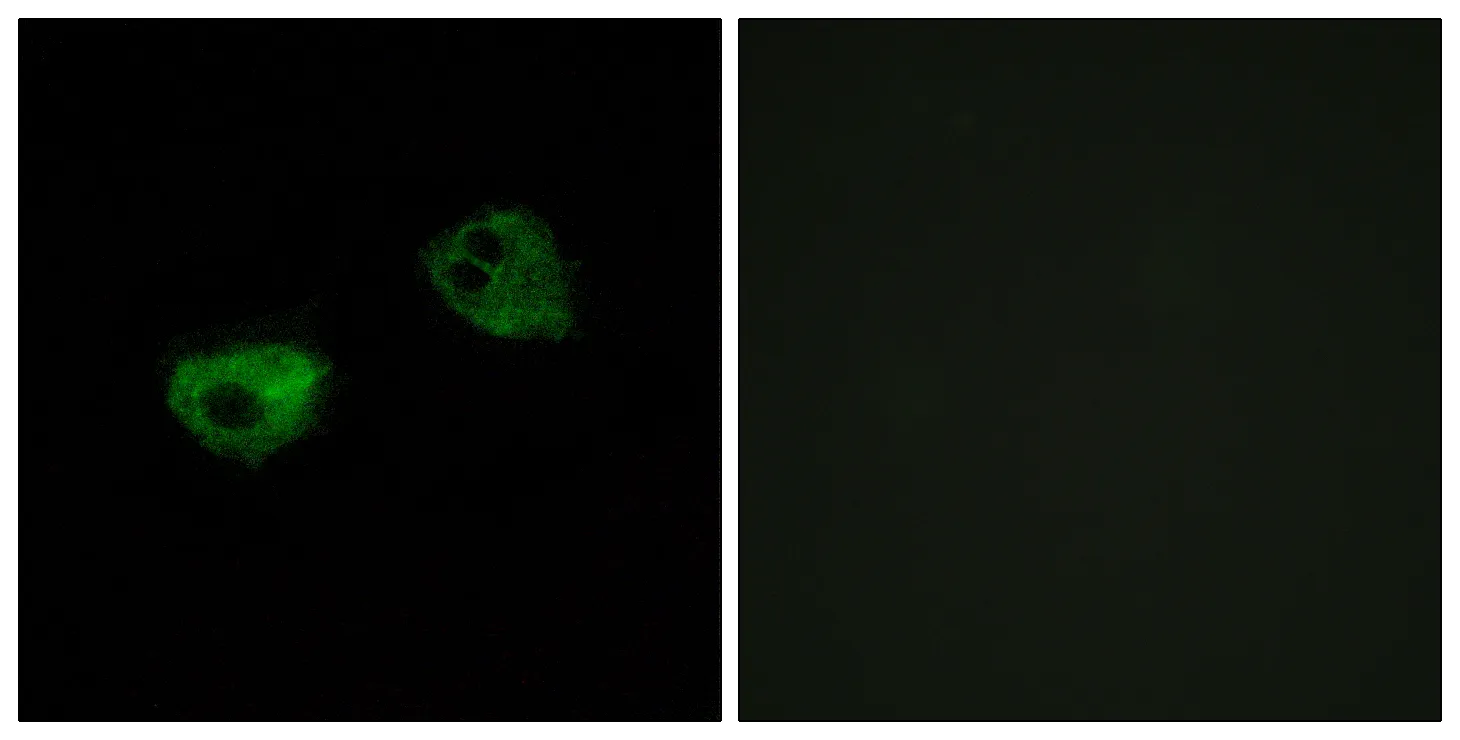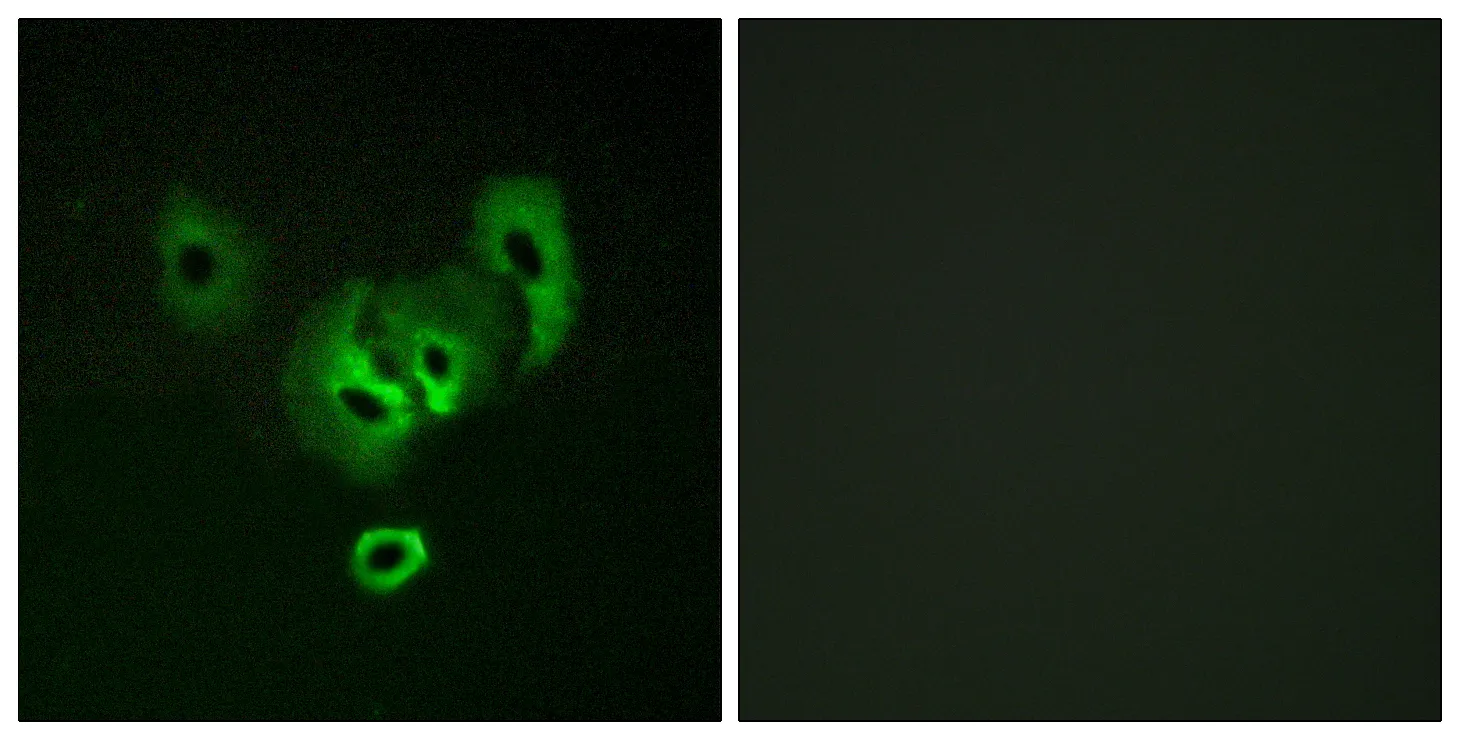Summary
Performance
Immunogen
Application
Background
The protein encoded by this gene is a member of the fibroblast growth factor (FGF) family. FGF family members possess broad mitogenic and cell survival activities, and are involved in a variety of biological processes, including embryonic development, cell growth, morphogenesis, tissue repair, tumor growth and invasion. This protein functions as a modifier of endothelial cell migration and proliferation, as well as an angiogenic factor. It acts as a mitogen for a variety of mesoderm- and neuroectoderm-derived cells in vitro, thus is thought to be involved in organogenesis. Multiple alternatively spliced variants encoding different isoforms have been described. [provided by RefSeq, Jan 2009],function:The heparin-binding growth factors are angiogenic agents in vivo and are potent mitogens for a variety of cell types in vitro. There are differences in the tissue distribution and concentration of these 2 growth factors.,miscellaneous:This protein binds heparin, although less strongly than does bFGF.,similarity:Belongs to the heparin-binding growth factors family.,subunit:Monomer. Binds FGFR2. Forms a ternary complex containing 2 molecules each of FGFR2 and FGF1 for 1 heparin molecule. Found in a complex with FGFBP1, FGF1 and FGF2. Interacts with FGFBP1.,






